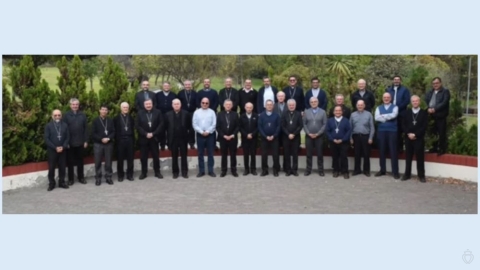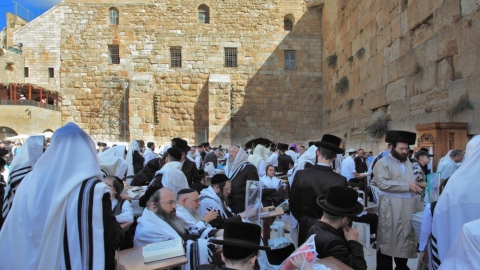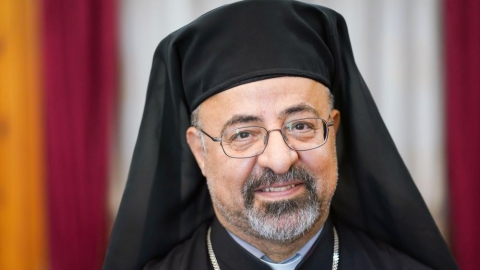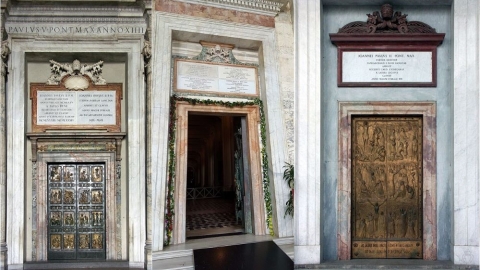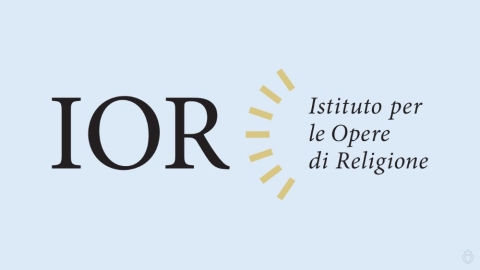France: Catholicism Losing Its Social Status
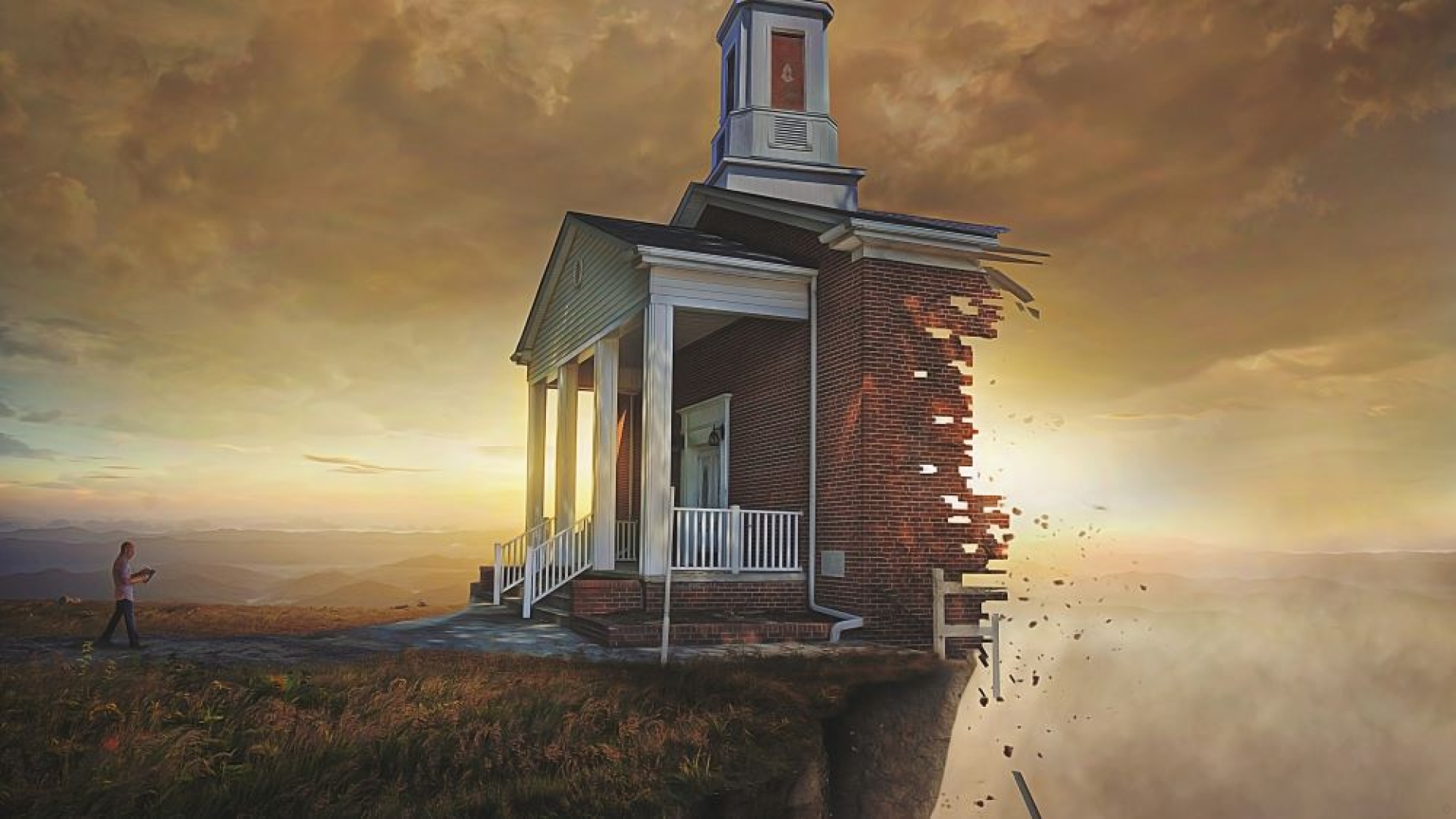
In the La Croix newspaper of May 23, 2023, Guillaume Cuchet , the religion historian, looks at the Insee Trajectories and Origins survey, or Téo 2, published in April, which deals with data from 2019- 2020, which he then compares with Téo 1, which dealt with data from 2007-2008.
This survey does not target the entire population but the 18-59 age group, in other words, people born after 1960. This group includes people who either have not received much formation from a religious point of view, or are of immigrant origin.
One fact is notable and new: the strong growth of evangelical Protestants. But in addition, five trends present in the first Téo 1 study are becoming more pronounced.
First, the rise in declared non-religious people, who now exceed half of the group with 53%. It is the continuation of the “exit from religion,” a process described “since the 19th century [by] the theoreticians of secularization, from Auguste Comte to Marcel Gauchet.”
Then, the decline of Catholicism “which has gone from 43% to 25%, experienced a division by half in twelve years.” The author remarks that “the ‘sexual abuse crisis in the Church’ amplified the phenomenon but did not create it.” He is not hesitant in speaking of a collapse, but he does not predict its end.
The strong rise of “other Christians” represents the third trend, especially evangelical Protestants, and the progression of Muslims, who rise from 8% to 11%, represents the fourth. This progression is more linked to the dynamics of the Muslim community than to conversions.
The latest trend is “the increasingly identity-based and fervent character of Judaism.” The author continues, “It is in many respects, the most ‘identity conscious’ religion in France” according to the survey. As for Buddhism, it remains stable at 0.5%.
Immigration “is playing a growing role,” believes Guillaume Cuchet, “both because it remains massive (more than 10% immigrants) and because the central group of French society without immigrant ancestry, often of Catholic origin, is more and more secularized.”
The rate of spiritual reproduction of the groups which represents their capacity “to pass on their convictions to the next generation.” It is linked to “the identity dimension and fervor”: the best is that of Islam (91%), the worst that of Catholicism (67%), that of evangelicals is similar (69%).
The efficacy of proselytism, in other words the ability to convert, is mostly evangelical, whereas Islam tends “to specialize in the reconversion of the identity of populations of Muslim origin.” The growth of evangelicals is also linked to immigration from Africa.
The unequal demographic dynamics of the groups is especially sensitive with the second generation, because the third tends to align itself with French practices.
In 1872, 97% of French people said they were Catholic, a figure that remained roughly until 1960. Today, it is only 25%, while the decline is not yet over.
The author concludes: “Under these conditions, it is not certain that Catholicism will remain the first religion of the country for long.… It could move down to second or even third place…. An announced downgrading which, strangely, arouses few comments in the Church, as if the bishops, struck by the sexual abuse crisis, only knew how to assist, silent and impotent, with the collapse.”
This analysis, interesting and terrifying for the future of Catholicism in France, neglects a crucial element, which is, however, expressed in the figures: the visible beginning of the decline occurred in the 1960s, the years of the Second Vatican Council.
If, as the author says, “Jewish and Muslim families transmit their religion better than Catholic families,” it is because post-conciliar Catholicism is adulterated. We must begin by purifying it and restoring its vigor in souls, drawing from the living sources of Tradition. It is not by diminishing the demands made by Christ that we can win converts; quite the contrary.
(Source : La Croix – FSSPX.Actualités)
Illustration : Photo 73976194 / Religion © Kevin Carden | Dreamstime.com
